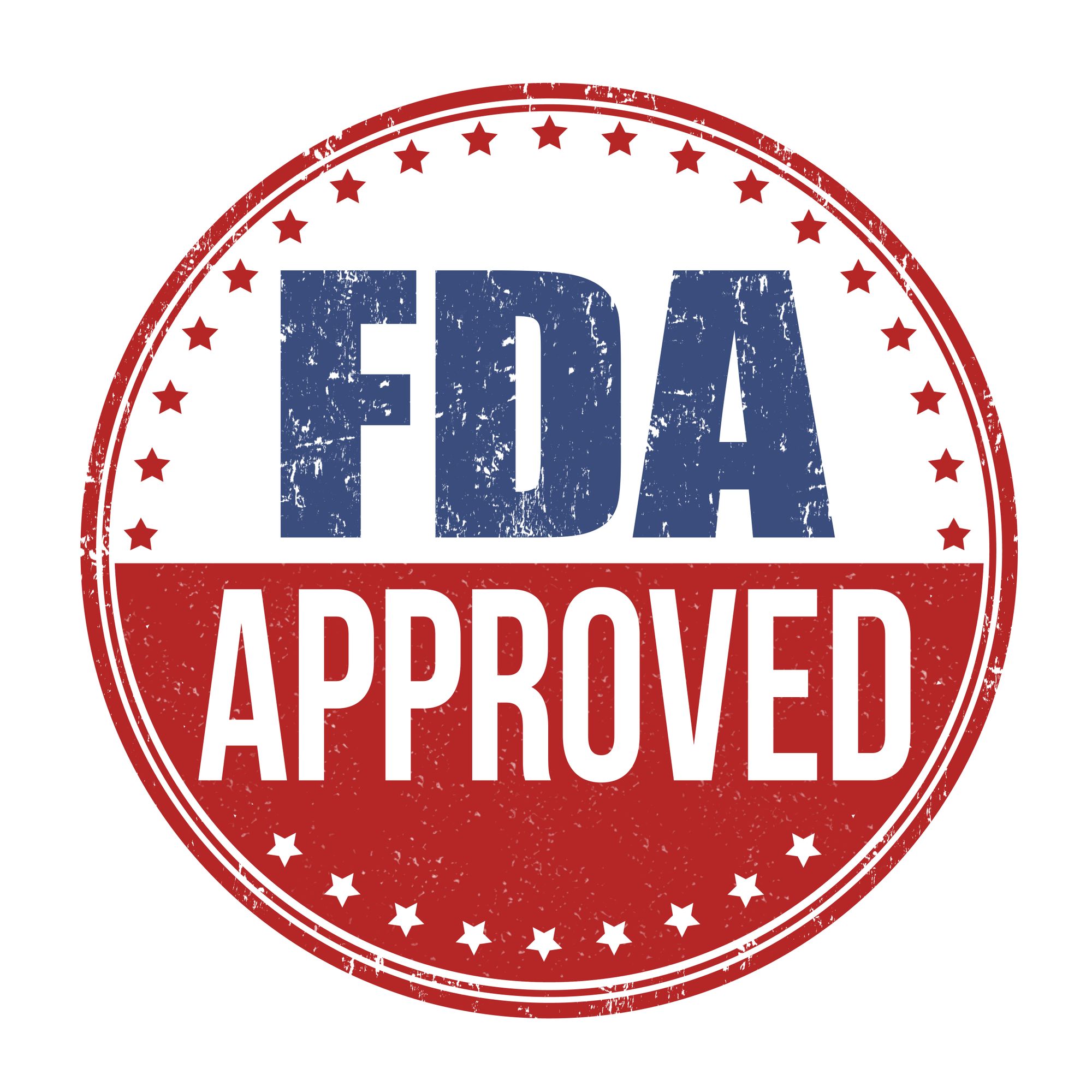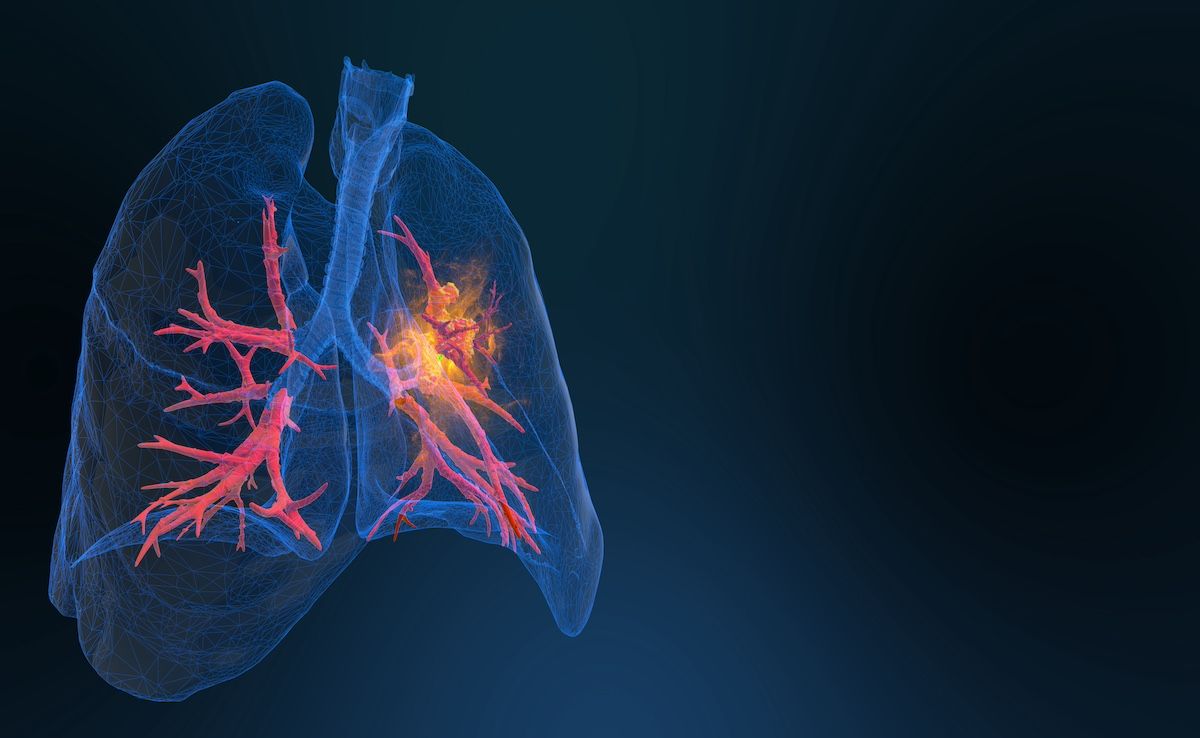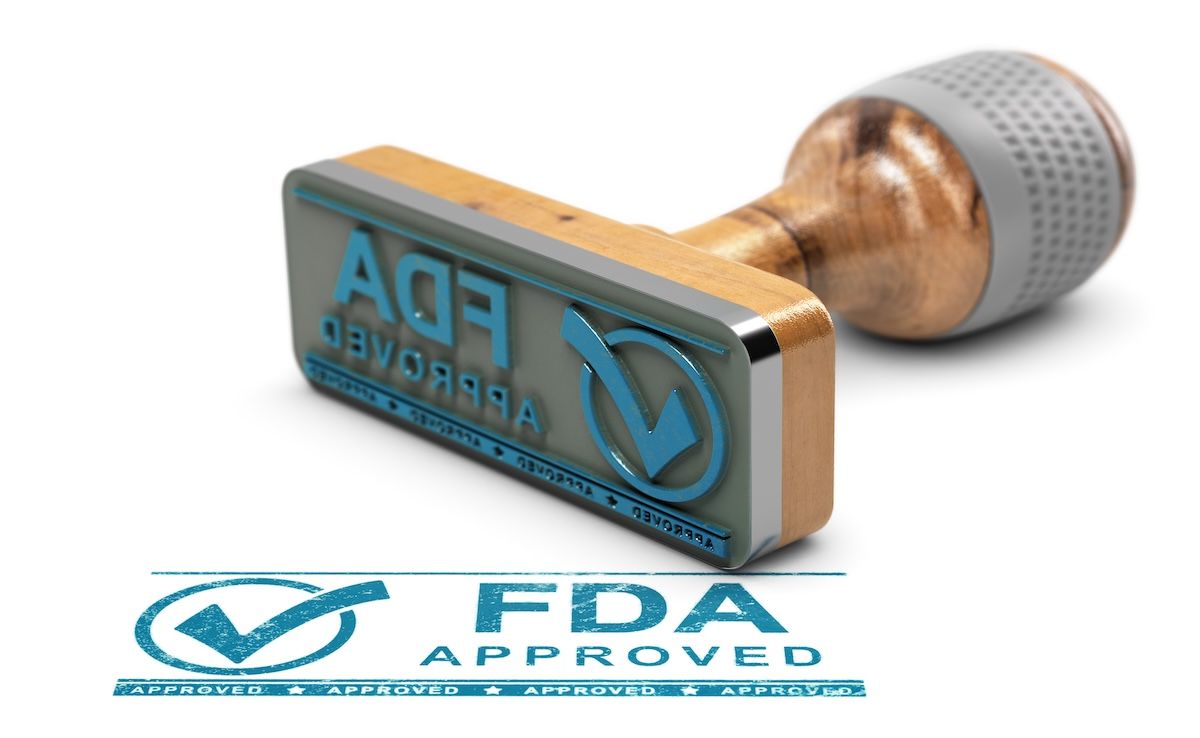Article
FDA Expands Approval for Companion Diagnostic for Cemiplimab in NSCLC
Author(s):
The FDA approved the VENTANA PD-L1 assay for expanded use in patients with advanced non–small-cell lung cancer to help identify patients who may be candidates for treatment with cemiplimab.
This article was originally pubished on OncLive. This version has been lightly edited.
The FDA has approved the VENTANA PD-L1 (SP263) assay for expanded use in patients with advanced non–small-cell lung cancer (NSCLC) to help identify individuals who may be candidates for treatment with cemiplimab-rwlc (Libtayo).1
In February 2021, the FDA approved cemiplimab, a PD-1 inhibitor, as monotherapy for use in the frontline treatment of patients with advanced NSCLC with a PD-L1 expression level of 50% or higher.2
The approval of cemiplimab was based on data from the phase 3 EMPOWER-Lung 1 trial (NCT03088540), which showed that the agent produced a median overall survival (OS) of 22.1 months (95% CI, 17.7–not estimable [NE]) compared with 14.3 months (95% CI, 11.7-19.2) for chemotherapy, reducing the risk of death by 32% in the intent-to-treat (ITT) population (n = 710; HR, 0.68; 95% CI, 0.53-0.87; P = .0022).2
Additionally, patients treated with cemiplimab experienced a median progression-free survival (PFS) of 6.2 months (95% CI, 4.5-8.3) compared with 5.6 months (95% CI, 4.5-6.1) for those treated with chemotherapy (HR, 0.59; 95% CI, 0.49-0.72; P < .0001).
“Diagnostics, like our high medical value PD-L1 assay portfolio, enable personalized medicine to help improve patient outcomes,” Jill German, head of Pathology Lab at Roche Diagnostics, stated in a news release.1 “This approval helps physicians make more confident treatment decisions by identifying patients with tumors that may respond to the immunotherapy [cemiplimab].”
The VENTANA PD-L1 assay previously received FDA approval as a companion diagnostic to identify adult patients with stage II to IIIA NSCLC whose tumors have PD-L1 expression on 1% or more of tumor cells who are eligible to receive adjuvant atezolizumab (Tecentriq) following surgery and platinum-based chemotherapy.4
EMPOWER-Lung 1 was a multicenter, open-label, global, phase 3 trial evaluating cemiplimab monotherapy vs investigator’s choice of platinum-doublet chemotherapy in the frontline treatment of patients with advanced NSCLC with a PD-L1 expression of 50% or higher.3
The trial enrolled patients at least 18 years of age with histologically or cytologically confirmed stage IIIB/C or IV squamous or nonsquamous NSCLC with PD-L1 expression of at least 50%, and an ECOG performance status of 0 to 1. Patients who never smoked were excluded from the study.
Patients were randomly assigned 1:1 to receive 350 mg of intravenous cemiplimab every 3 weeks or investigator’s choice of platinum-based chemotherapy. Patients in the chemotherapy arm were permitted to cross over to the cemiplimab arm following disease progression.
OS and PFS served as the co-primary end points. Secondary end points included objective response rate (ORR), duration of response, health-related quality of life, and safety.
Additional data showed cemiplimab elicited an ORR of 37% (95% CI, 32%-42%) compared with 21% (95% CI, 17%-25%) for chemotherapy.2
Results from an additional prespecified analysis conducted in 563 patients with proven PD-L1 expression of at least 50% showed that cemiplimab reduced the risk of death by 43% versus chemotherapy.3 Patients in the cemiplimab arm (n = 283) experienced a median OS that had not yet been reached (NR; 95% CI, 17.9-NE) vs 14.2 months (95% CI, 11.2-17.5) for those in the chemotherapy arm (n = 280; HR, 0.57; 95% CI, 0.42-0.77; P = .0002).
Moreover, the median PFS was 8.2 months (95% CI, 6.1-8.8) and 5.7 months (95% CI, 4.5-6.2) for patients with a PD-L1 expression of at least 50% in the cemiplimab and chemotherapy arms, respectively (HR, 0.54; 95% CI, 0.43-0.68; P < .0001).
Regarding safety, the most common adverse effects reported in more than 10% of the ITT population treated with cemiplimab included musculoskeletal pain, rash, anemia, fatigue, decreased appetite, pneumonia, and cough.2
In February 2021, the FDA approved the PD-L1 IHC 22C3 pharmDx assay to help identify patients who may be candidates for treatment with cemiplimab.5
References
1. Roche receives FDA approval of label expansion for VENTANA PD- L1 (SP263) assay to identify patients with locally advanced and metastatic non-small cell lung cancer eligible for Libtayo. News release. Roche. March 6, 2023. Accessed March 7, 2023. https://diagnostics.roche.com/global/en/news-listing/
2. FDA approves cemiplimab-rwlc for non-small cell lung cancer with high PD-L1 expression. News release. FDA. February 22, 2021. Accessed March 7, 2023. https://www.fda.gov/drugs/resources-information-approved-drugs/
3. Sezer A, Kilickap S, Gümüs M, et al. Cemiplimab monotherapy for first-line treatment of advanced non-small-cell lung cancer with PD-L1 of at least 50%: a multicentre, open-label, global, phase 3, randomised, controlled trial. Lancet. 2021;397(10274):592-604. doi:10.1016/S0140-6736(21)00228-2
4. Roche’s VENTANA PD-L1 (SP263) assay receives FDA approval as a companion diagnostic to identify certain non-small cell lung cancer patients eligible for Tecentriq (atezolizumab). News release. Roche. October 22, 2021. Accessed March 7, 2023. https://www.roche.com/media/releases/
5. Agilent PD-L1 IHC 22C3 pharmDx receives expanded FDA approval in non-small cell lung cancer (NSCLC). News release. Agilent Technologies Inc. February 22, 2021. Accessed March 7, 2023. https://www.agilent.com/about/newsroom/





